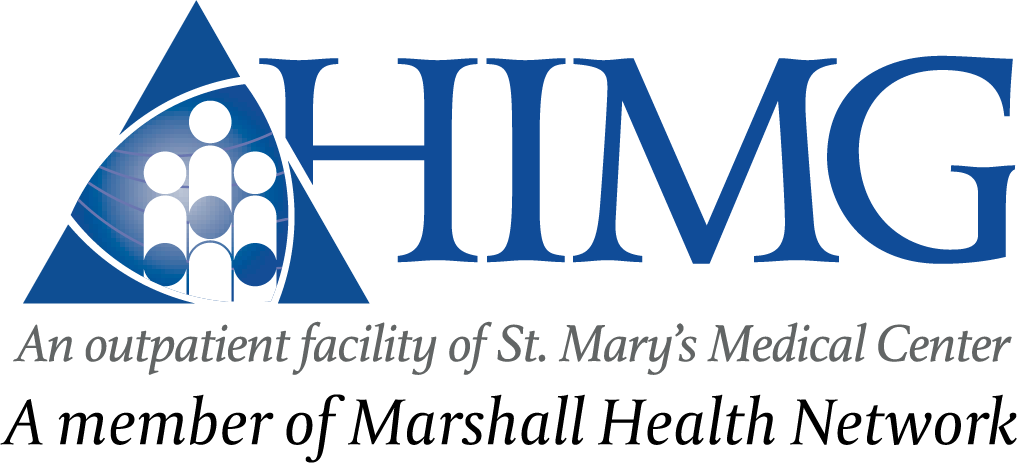Your heart has four valves that keep blood flowing in the correct direction. The valves open and close once during each heartbeat. Sometimes, the valves don't open or close properly, disrupting the blood flow through your heart to your body. In a condition called stenosis, a valve isn't able to open properly. In a condition called regurgitation, a valve doesn't close properly and can leak.
Heart valve disease includes:
- Aortic valve disease
- Mitral valve disease
- Pulmonary valve disease
- Tricuspid valve disease
Your heart valve disease treatment depends on the valve affected and the type and severity of the valve disease. Sometimes heart valve disease requires heart valve surgery.
Aortic valve disease
Aortic valve disease is a condition in which the valve between the main pumping chamber of your heart (left ventricle) and the main artery to your body (aorta) doesn't work properly. Aortic valve disease sometimes may be a condition present at birth (congenital heart disease), or it may result from other causes.
Types of aortic valve disease include:
- Aortic valve stenosis. In this condition, the aortic valve opening is narrowed. This narrowing prevents the valve from opening fully, which obstructs blood flow from your heart into your aorta and the rest of your body.
- Aortic valve regurgitation. In this condition, the aortic valve doesn't close properly, causing blood to flow backward into the left ventricle.
Mitral valve disease
In mitral valve disease, the mitral valve, which is located between your left heart chambers (left atrium and left ventricle), doesn't work properly.
Types of mitral valve disease include:
- Mitral valve regurgitation. In this condition, the flaps (leaflets) of the mitral valve don't close tightly, causing blood to leak backward into the left atrium of your heart. If not treated, it can result in heart muscle damage.
The most common cause of blood leakage is mitral valve prolapse, in which the leaflets bulge back into the left atrium as your heart contracts.
- Mitral valve stenosis. In this condition, the flaps of the mitral valve become thick or stiff, and they may fuse together. This results in a narrowed valve opening and reduced blood flow from the left atrium to the left ventricle
Pulmonary valve disease
Pulmonary valve disease refers to any disorder of your heart's pulmonary valve, which is responsible for keeping blood from your heart flowing properly to your lungs. Pulmonary valve disease can refer to a leaky valve (pulmonary regurgitation) or a narrowed valve (pulmonary stenosis). Treatment depends on the type of pulmonary valve disease you have and its severity.
Tricuspid valve disease
Tricuspid valve disease is a condition in which the valve between the two right heart chambers (right ventricle and right atrium) doesn't function properly. Tricuspid valve disease often occurs with other heart valve problems.
Several types of tricuspid valve disease exist, including:
- Tricuspid valve regurgitation. In this condition, the tricuspid valve doesn't close properly and blood flows back into your heart's upper right chamber (right atrium).
- Tricuspid valve stenosis. In this condition, the tricuspid valve is narrowed, decreasing the amount of blood that can flow through it from the right atrium to the right ventricle.
- Tricuspid atresia. In tricuspid atresia, a condition present at birth (congenital heart disease), a solid wall of tissue blocks the blood flow between your right heart chambers.
- Ebstein's anomaly. Ebstein's anomaly is a condition in which a malformed tricuspid valve sits lower than normal in the right ventricle, causing blood to flow back into the right atrium (tricuspid regurgitation
Please contact us at (304) 697-6000.



